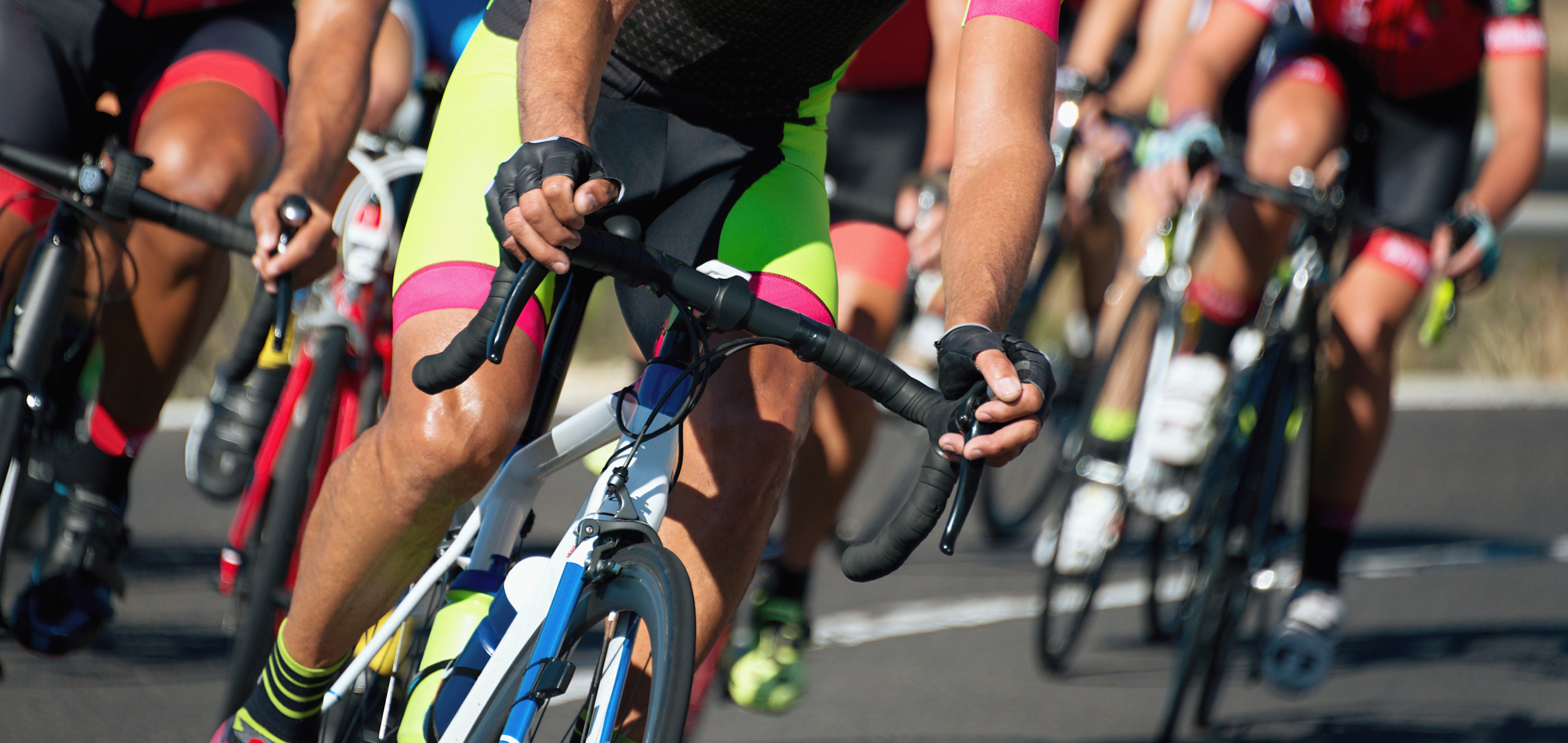Sign up for the daily CJR newsletter.
Here are some mind twisters for a summer’s day:
If you ride a “bicycle,” your vehicle might also be called a “bike.” You might be called a “biker,” a “bicyclist,” or a “cyclist.”
If you ride a “motorcycle,” your vehicle might also be called a “bike,” and you might be called a “biker.” That’s true even though “cycle” is embedded in “motorcycle,” but “bike” isn’t.
For journalists, what to call someone riding a two-wheeled vehicle can create identification problems. You probably don’t want to call a member of Hells Angels a “cyclist,” but beyond that, confusion reigns.
ICYMI: Points, picas, and other typographical terms
Let’s pretend we are not well versed in the ways of internet search, and just ask for the difference between a “cyclist” and a “biker.” The first hit we get is from grammarist.com, which says that “A cyclist (or bicyclist) is someone who rides a bicycle. A biker is someone who rides a motorcycle.” The entry continues: “These terms are an ongoing subject of controversy, especially in cyclist circles. But it’s best to refer to groups of people as they refer to themselves.”
Next comes a site called “Wikidiff,” which looks like something from the 1990s. Its simple explanation is: “Cyclist is a synonym of biker. As nouns the difference between cyclist and biker is that cyclist is a person who rides a cycle, especially a bicycle, or who habitually engages in cycling while biker is a person who rides a bicycle.” Yet right under the first ad on the page, “cyclist” is defined only in terms of people who ride bicycles,” and “biker” is defined only in terms of people who ride motorcycles.
Clear, right?
Up next is a 2012 rant on a blog called IsolateCyclist about a letter that appeared in The Washington Post complaining that just riding a bicycle doesn’t make you a “bicyclist.” Both the blog post and the letter objected to labeling someone as a “biker,” “cyclist,” or “bicyclist,” because, the blogger wrote, “this subtle use of language conveys a bias against people on bicycles.”
Another blogger wrote that a member of his “bike” club didn’t want to be called a “biker,” because: “Bikers wear leather and drive motorcycles and look tough and drink beer. Cyclists wear lycra and cool pro team jerseys and drive Honda Elements that have less power than one of those motorcycles.” The blogger suggested that “Perhaps the confusion comes from ‘mountain biking’, which means to ride a mountain bike.”
(In fact, Bicycling magazine seems to use “bikers” mostly when talking about mountain bikes and off-road-biking, with one exception for the naked “biker” on I-95 in Miami, most certainly not off-road.)
A StackExchange site for English learners helps not at all: “Strictly speaking, cyclist includes someone riding a cycle with a number of wheels other than two: unicycle, tricycle or quadricycle. However, the use of bicyclist nowadays is not very common.”
Bicycling magazine seems to use the terms “bike,” “bicyclists,” “cycles,” and “cyclists” interchangeably. Despite its name, Cycle magazine is about “motorcycles,” also called “bikes” but rarely “cycles” in its pages; their operators are “motorcyclists” or “riders.” “Biker” seems reserved for the rougher writers or as an adjective.
But “bicycles” and “motorcycles” are not the only types of two-wheeled vehicles. What if you ride something like “e-assist” bicycles, “e-bicycles,” “mopeds,” “scooters,” etc.? What are you called? Are you a “scootist,” or an “assitee,” or “e-biker”? We’ll have to wait to see what language fills the vacuum.
In general, those vehicles are called “motorized scooters,” though there are many types. An “e-assist” bicycle must still be pedaled, though a small electric motor can add some “assistance.” An “e-bicycle,” the type increasingly preferred by delivery people, has a motor and can be pedaled, but does not have to be. “Scooters” include street-legal models like the Vespa, which are fully powered, and “mopeds,” which have small motorcycle engines but also can be pedaled. And then there are “e-scooters,” spreading throughout Europe and on their way here, which have no pedals at all.
What’s worse, some of these are legal for street use in some places, and some aren’t.
For example, New York State regulations prohibit street use of “motorized scooters” like “Go-peds”; “mini-bikes,” defined as “a small, motorized device with two wheels” that does not “qualify as a moped, a motorcycle or an ATV”; “off-road motorcycle (dirt bike)”; or “motor-assisted bicycle,” defined as “a bicycle to which a small motor is attached.” And while New York City has been moving to allow some electric bicycles, it’s difficult to tell the difference between one that “assists” and one that can do all the work for you.
To play it safe, shy away from nicknames and diminutives, and call someone a “bicyclist” if they ride a “bicycle,” and a “motorcyclist” if they ride a “motorcycle,” unless they express a preference for what to be called.
If they ride something else, see what they’re peddling.
ICYMI: Labeling Jeffrey Epstein
Has America ever needed a media defender more than now? Help us by joining CJR today.







